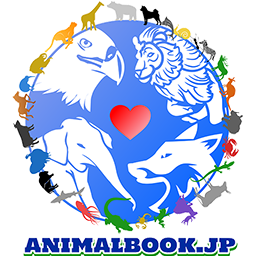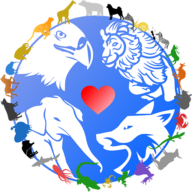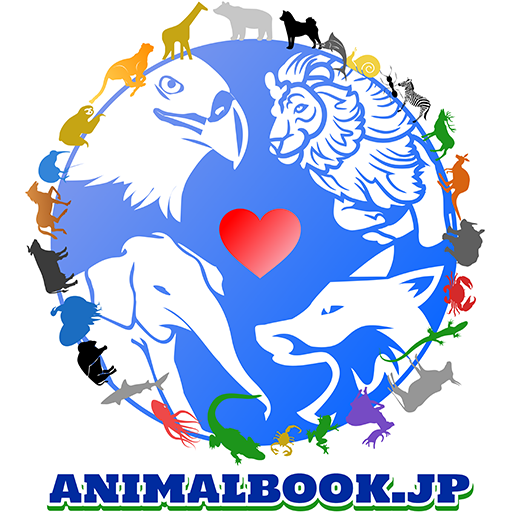
Aardvark
Aardvark
Aardvark
The aardvark, though it may look like an anteater, is a different species of animal. However, its ancestors are believed to be elephants. This wild animal, with its distinctive long nose, inhabits central Africa. This article explores the lesser-known ecology and characteristics of the aardvark. We hope you gain some knowledge about the aardvark.
Aardvark Basic Infomation
_optimized.webp?alt=media)
Basic Information
Classification: Mammalia, Tubulidentata, Orycteropodidae, Orycteropus Scientific Name: Orycteropus afer English Name: Aardvark (means 'earth pig' in Dutch) Body Length: 150-200cm Tail Length: 45-63cm Weight: 45-60kg (varies by individual) Habitat: Sub-Saharan Africa Fur Color: Gray Lifespan: Approximately 15 years
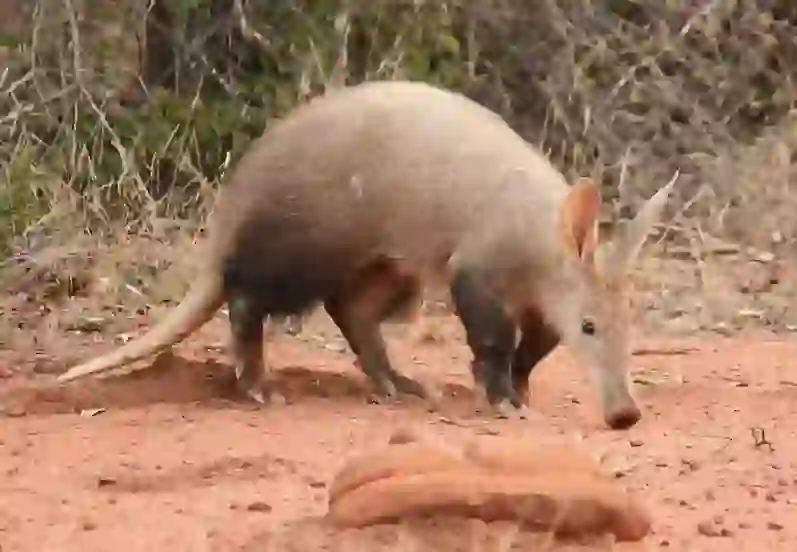
Named a Pig but Not a Pig
The aardvark has a long nose, large hooves, upright ears, and small eyes. Despite its name, it is not related to domestic pigs. Its skin is tough, more like that of an elephant. Aardvarks live in the harsh environment of the African continent, using their long tongues to eat insects. In recent years, aardvarks have been kept in Japanese zoos. These zoos provide spaces where aardvarks can freely dig, matching their natural living conditions.
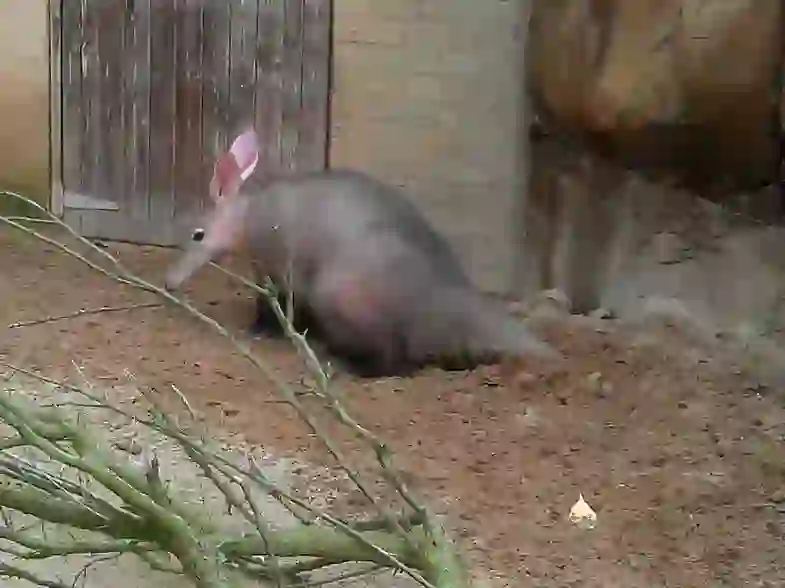
Distinctive Smell
Both male and female aardvarks emit a distinctive odor from their anal glands. This is because they have excellent hearing and sense of smell and use the odor to communicate. This unique smell helps them thrive in the wild by signaling their presence to other aardvarks. Aardvarks are believed to have evolved over a long period, and this characteristic may have developed to aid in their survival.
Aardvark Q&A
_optimized.webp?alt=media)
Why is it Called an Aardvark?
The aardvark is named for its pig-like nose and because it lives in the ground. Unlike typical pigs, aardvarks spend most of their lives underground. They even dig separate burrows for giving birth.

Why Do Aardvarks Live There?
The reason aardvarks inhabit the African continent is unknown. As animals that have evolved over a long period, their ancestors might have lived in Africa, similar to other animals.

What Do Aardvarks Eat?
In the wild, aardvarks use their long tongues to eat small insects like termites and grasshoppers. Some individuals also eat fungi and beetle larvae. In zoos, aardvarks are fed bananas, boiled sweet potatoes, and mealworms. Since aardvarks eat mainly with their tongues and do not use their teeth much, their food is kept soft.
_optimized.webp?alt=media)
How Do Aardvarks Reproduce?
Aardvarks give birth in burrows they dig themselves. A female usually gives birth to one offspring at a time, though twins are rare. Newborn aardvarks have little hair. They grow more hair as they age. At birth, they weigh about 1.8kg, but by six months, they can weigh around 30kg.
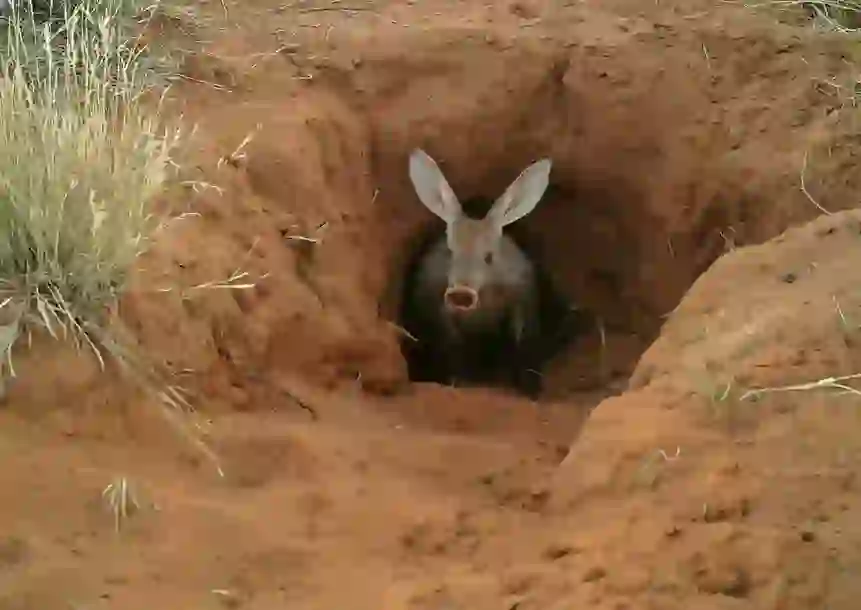
Can You Keep an Aardvark as a Pet?
While aardvarks have gentle temperaments, they cannot be kept as pets in Japanese households. Some people in other countries may keep aardvarks through special channels, but details are unknown. If you want to see an aardvark, search for 'aardvark zoo' to find zoos that have them. However, availability may vary.
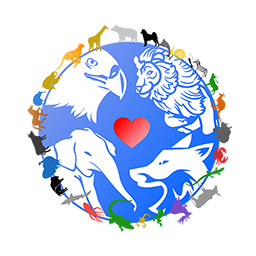
Would you like to become a part of the 'Animalbook.jp'?
Turn your knowledge into Q&A and share it with the world. ※Publication will be activated after purchase. Let's share information together!
Aardvark Type of List
_optimized.webp?alt=media)
Information
Congratulations! You are the first commenter!

Create Your Favorite List!
Aardvark
Save the animals you love! Build your own list to quickly revisit your favorites later.

Would you like to leave a comment?
※Please note: This is for the purchase of rights to post comments within the article.
Find Your Favorites!
Our shop offers a unique and attractive selection of goods themed around various animals.
Aardvark References
Aardvark Introduction of media used

出典:https://commons.wikimedia.org/wiki/File:SanWild17.jpg

Help Enrich Our Animalbook.jp with Your Media!
We are constantly looking to expand and enrich our Animalbook.jp with amazing photos and videos of animals. If you have any media that you'd like to share, please contribute and help us showcase the beauty and diversity of the animal kingdom. Your submissions will be credited and featured in our encyclopedia, reaching a wide audience of animal lovers.


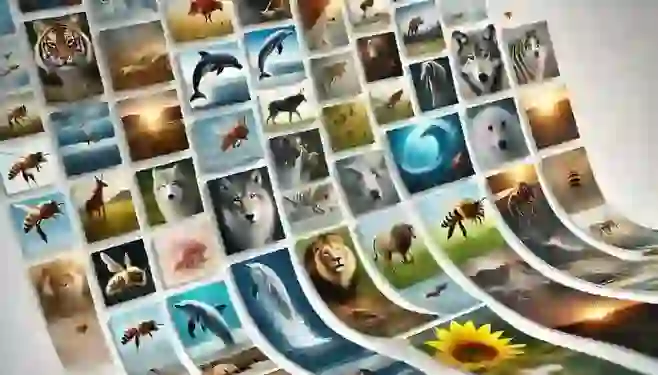
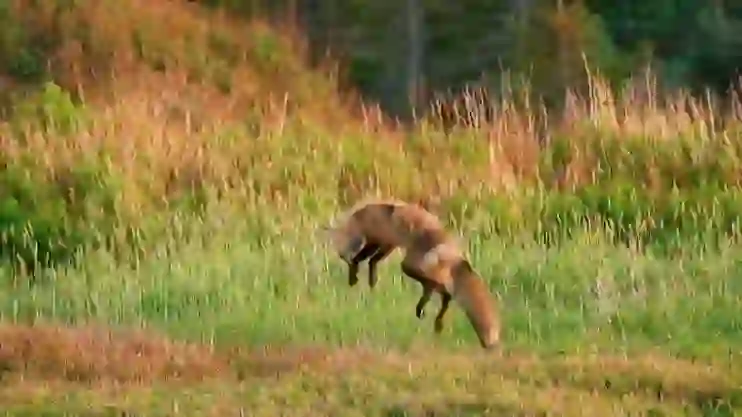
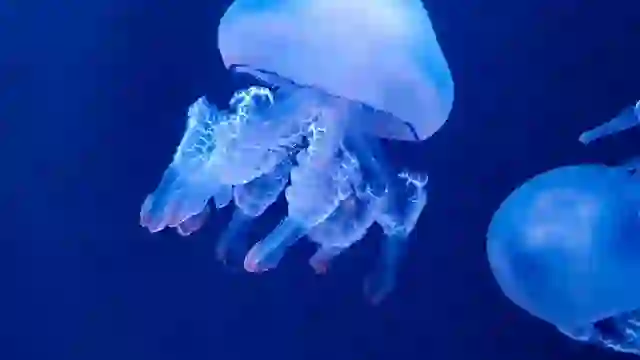
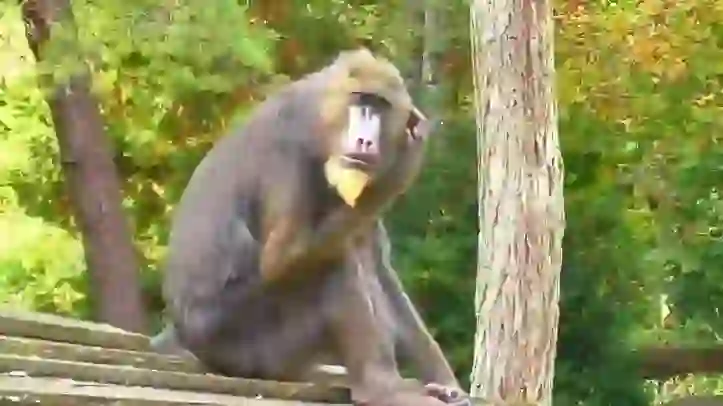
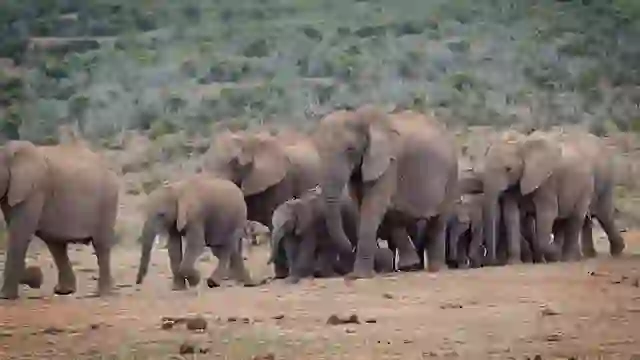

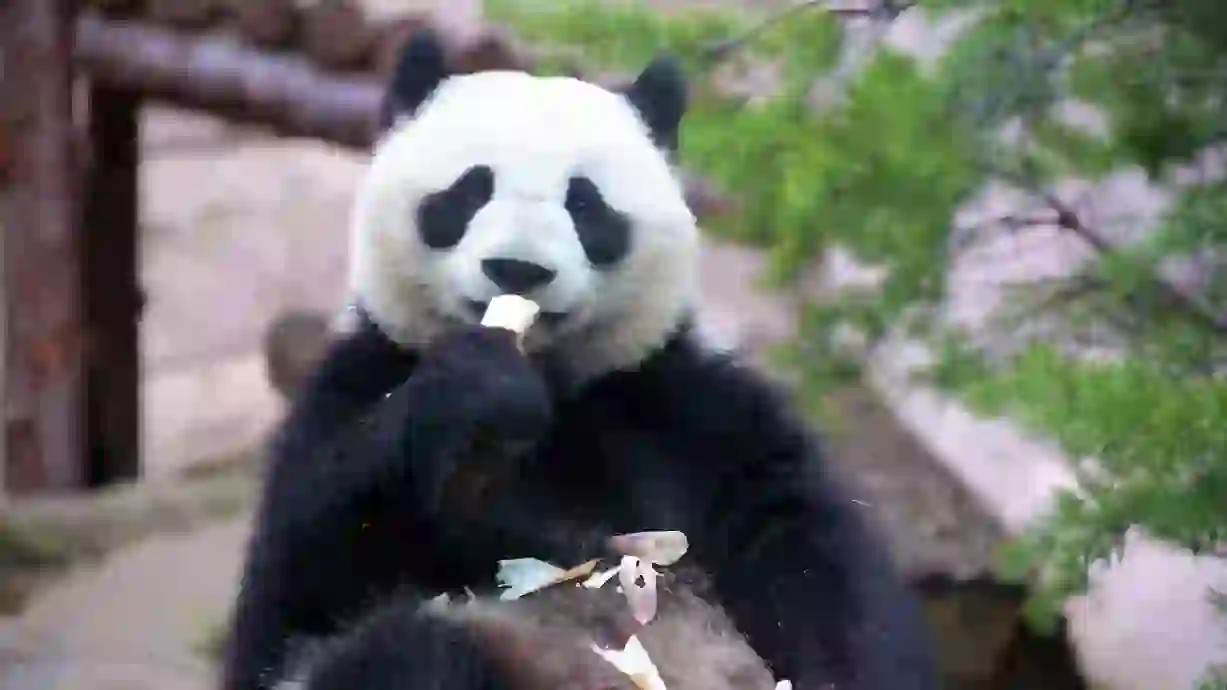
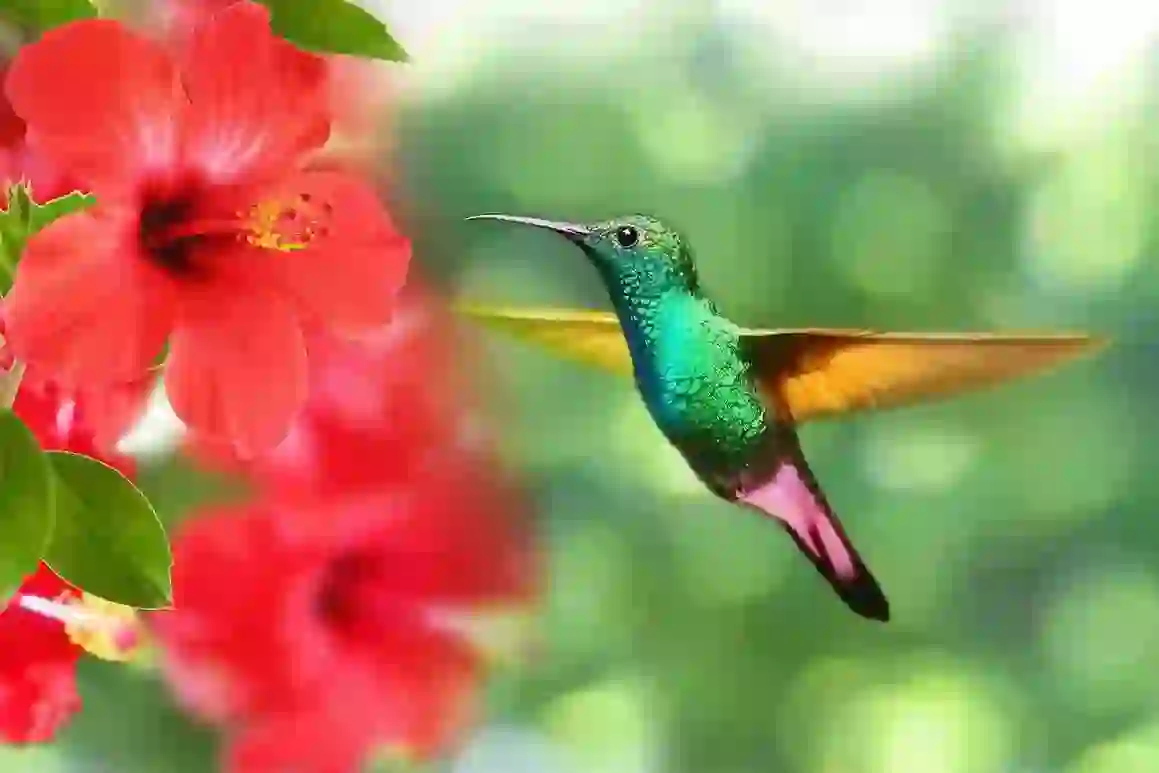

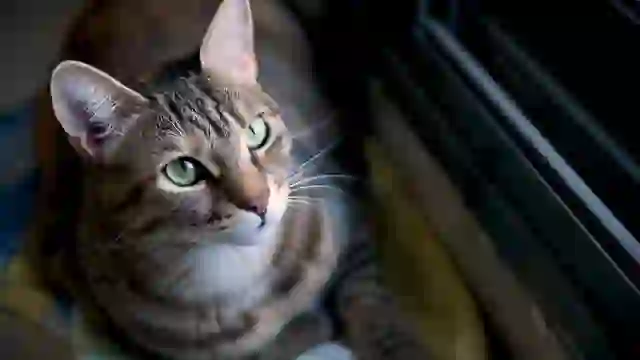

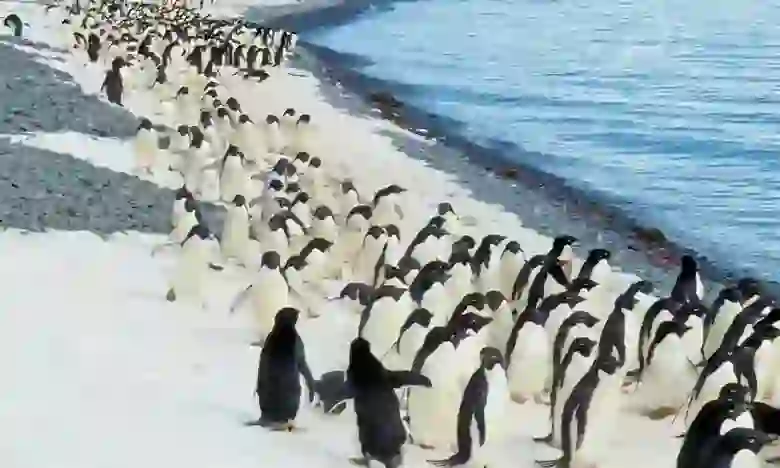
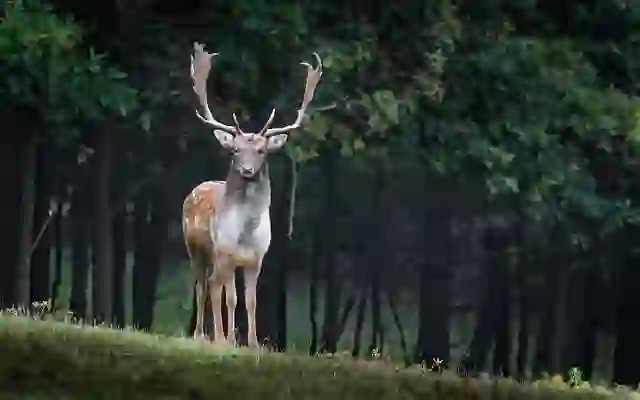

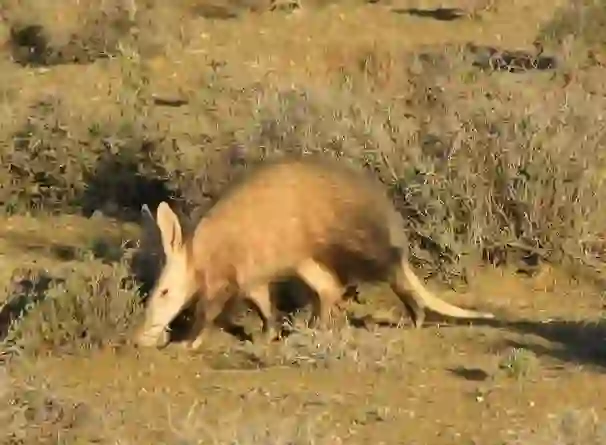
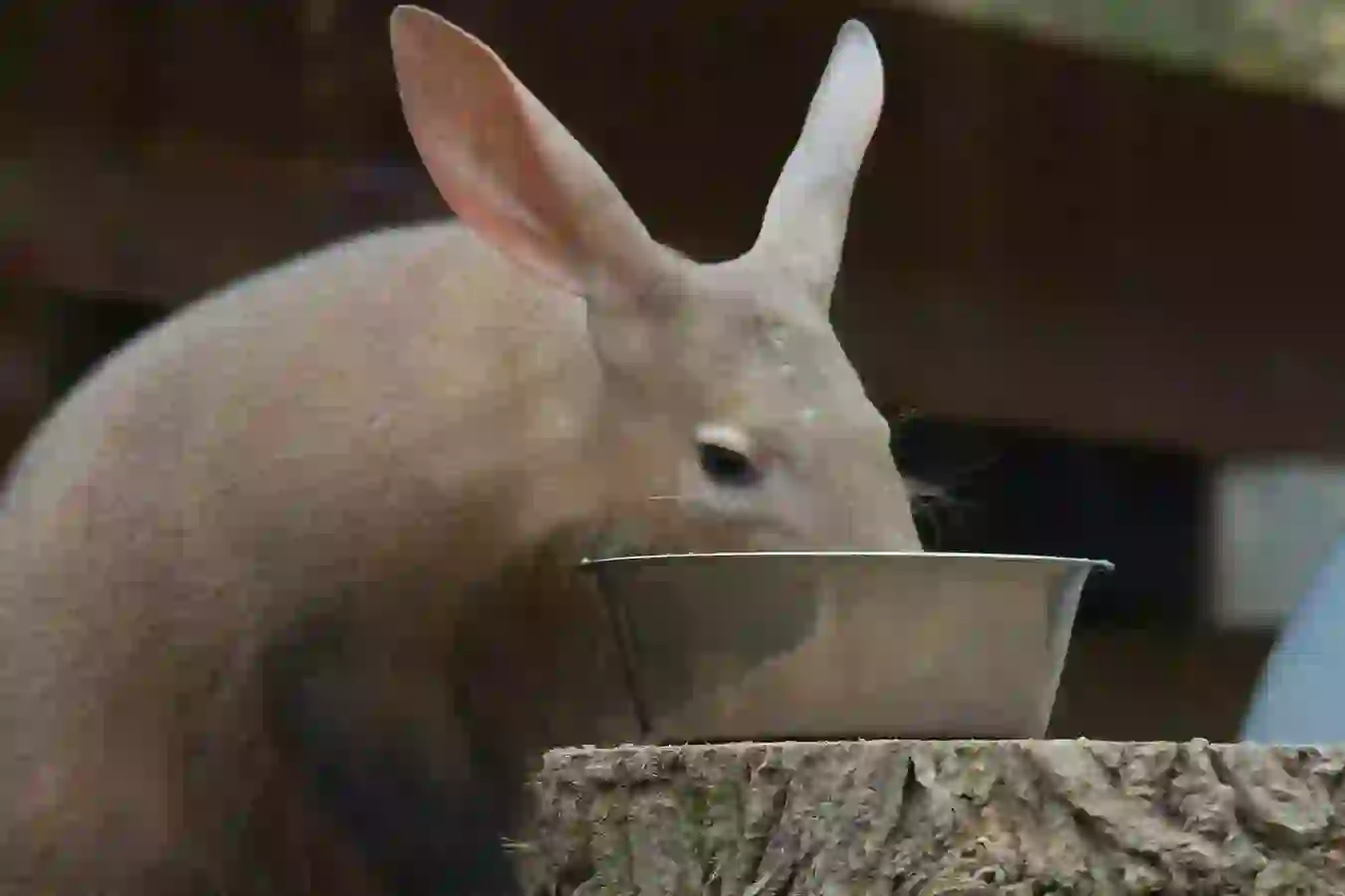
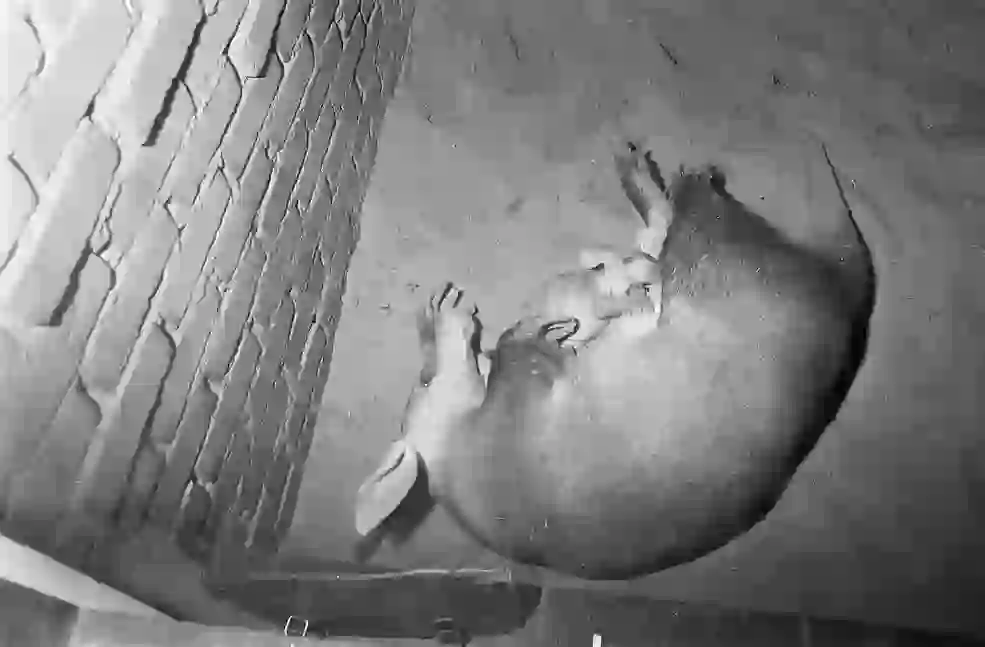
_-_1_optimized.webp?alt=media)

